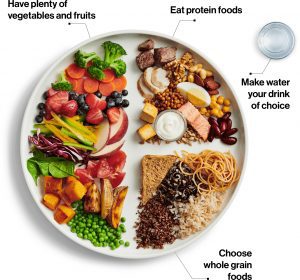
- Fruits and Vegetables (sweet potato, tomatoes, spinach, strawberries, apples, etc)
- Protein Foods (nuts, beans, meat, fish, eggs)
- Whole Grain Foods (pasta, rice, quinoa, bread)
- Water as your drink of choice

Delighting Today's Foodie In today's competitive foodservice landscape, consumers are more informed and have higher expectations than ever before. They're looking for more than just a meal, they want an experience that reflects quality, thoughtful choices, and a sense...
Cutting Costs and Waste Summer is a bustling time for foodservice, bringing increased guest volume and vibrant patio seating. To keep operations running smoothly while managing costs and minimizing waste, smart strategies and tools are essential. Ways to Cut Costs and...
The Canadian food and beverage industry continues to evolve, with shifting consumer preferences, technological advancements, and regulatory changes shaping the wholesale market. As we move through 2025, wholesalers must stay ahead of emerging trends to remain...
Sign up to receive free updates and tips.


